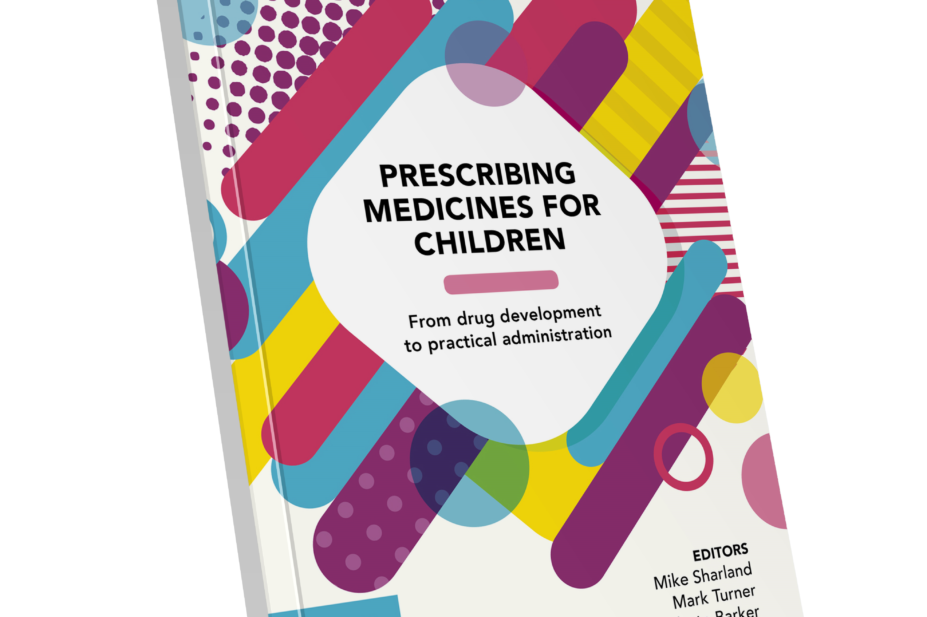
The importance of checking that prescribed doses are age appropriate is a lesson that often sticks out for newly qualified pharmacists. As such, this new and comprehensive book, with an extensive list of international contributors, is likely to be an indispensible resource for pharmacists working in paediatric care.
At first glance, Prescribing medicines for children seems a daunting read; however, each topic is covered in easily digestible chapters of around eight to nine pages, allowing the reader a quick and easy overview of a particular topic.
The book is divided into two parts. The first is a wide-ranging overview of paediatric clinical pharmacology, while the second is more clinically focused.
Part one starts with a highly readable overview of pharmacokinetics and pharmacodynamics. Each aspect (for example, absorption and elimination) has a separate chapter, meaning the reader avoids having to look through large reams of text. Subsequent chapters in part one cover everything from pharmacogenetics and adverse drug reactions/interactions, to the various phases of clinical trials, to prescribing, evidence-based formularies and therapeutic drug monitoring.
Each chapter in part two is devoted to the management of the most common problems affecting the different systems, and all chapters have a similar format. For instance, the first chapter — which focuses on the gastrointestinal tract — provides a summary of conditions, such as gastro-oesophageal reflux, diarrhoea, constipation and chronic bowel disorders. For each of these conditions, the authors provide a brief background, followed by a consideration of the different therapeutic classes used to manage the condition.
The information is set out in particularly useful bullet points, which cover cautions, pharmacokinetics and side effects. In some cases, there is a final ‘advice’ section, which provides information on any points that are relevant to children, as well as practical considerations that are invaluable when prescribing for this group. For example, some pharmacists may know that lansoprazole is not licensed for use in children, but they may not be aware that none of the proton pump inhibitors are licensed in those aged one year and under.
Later in the chapter is a useful step-wise guide to managing constipation in children, with advice on appropriate therapy options. Each chapter concludes with a succinct summary and references and in some cases there is a further reading list.
The final chapter considers the use of the drugs and pharmacology for those in paediatric intensive care and starts with a consideration of the challenges of drug dosing in critically ill children — perhaps something of value to the specialist, rather than the generalist.
Overall, this book provides a wide-ranging and readable reference source for those working in paediatric care and will be valuable to other healthcare professionals. Although the book is clearly aimed at specialists, it may also be useful to those working in community pharmacy as it provides a concise overview of the salient considerations in managing conditions in children.
As with most textbooks, the price is a major deterrent, but it might be worthwhile investment, particularly for those with a keen interest in managing children’s health.
Rod Tucker
References
Barker B, Turner M and Sharland M (eds). Prescribing medicines for children: from drug development to practical administration. Pp 565. Price £60. London: Pharmaceutical Press; 2019. ISBN 978-0-85711-135-7


